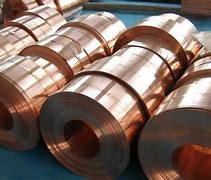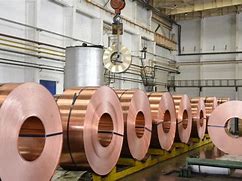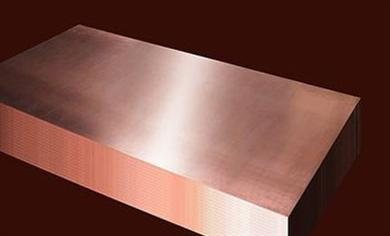**Is Your Home Secretly Rocking Copper Plumbing? Let’s Find Out!**
(Does My House Have Copper Pipes)
You know those old houses with hidden quirks? Maybe creaky floors, vintage wallpaper, or a mysterious closet? Well, here’s another one: copper pipes. They’re like the unsung heroes of plumbing, quietly hiding behind walls and under sinks. But how do you know if your house has them? Let’s play detective.
First off, age matters. If your home was built before the 1970s, chances are higher. Builders loved copper back then. It was durable, reliable, and resisted corrosion. After the 70s, cheaper options like PVC and PEX took over. But copper never fully went away. Some plumbers still swear by it. So check your home’s birth year. If it’s mid-century or older, grab a flashlight—we’re going pipe hunting.
Start under the sink. Open the cabinet and peek at the pipes. Shiny reddish-brown metal? That’s copper. If they’re silver, they could be galvanized steel. Plastic? That’s modern stuff. But copper has a distinct look. It’s like comparing a vintage leather jacket to a new raincoat. Over time, copper develops a greenish patina, especially near joints. Don’t panic—it’s normal. Think of it as the pipe’s way of aging gracefully.
Still unsure? Try the magnet test. Copper isn’t magnetic. Grab a fridge magnet. If it sticks, you’ve got steel or iron. No stick? Could be copper. But wait—some pipes are coated. Scrape a tiny spot with a knife (gently!). If the scratch shows orange-red, you’ve hit copper jackpot.
Check the water heater too. Copper pipes often connect to it. They’re usually thicker than modern pipes and have soldered joints. Look for silver blobs at connections. Those are solder marks, a classic copper pipe signature. Plastic pipes use glue or compression fittings.
Why care about copper? Well, it’s a mixed bag. Copper lasts decades if undisturbed. It handles heat well and doesn’t leach chemicals. But it’s not perfect. Over time, water acidity can wear it down. You might get pinhole leaks, especially in older systems. And if your water tastes metallic, copper could be the culprit.
Found copper? Great! But don’t rip it out yet. It’s still top-tier plumbing material. Just keep an eye out for leaks or discolored water. If pipes are green or crusty, call a pro. They’ll check for corrosion. If things look good, your copper’s probably doing its job quietly.
No copper? No problem. Modern pipes work fine. But if you’re renovating, some plumbers might suggest keeping or even adding copper in key spots. It’s pricier, but fans say it’s worth it.
So there you go. Your house might be sitting on a copper treasure—or not. Either way, now you know how to spot the signs. Next time someone mentions pipes, you can casually drop, “Oh, mine? Probably copper. Classic, right?”
(Does My House Have Copper Pipes)
Just remember: plumbing isn’t glamorous, but knowing your pipes? That’s homeowner street cred.
Inquiry us
if you want to want to know more, please feel free to contact us. (nanotrun@yahoo.com)



